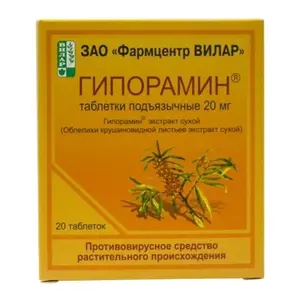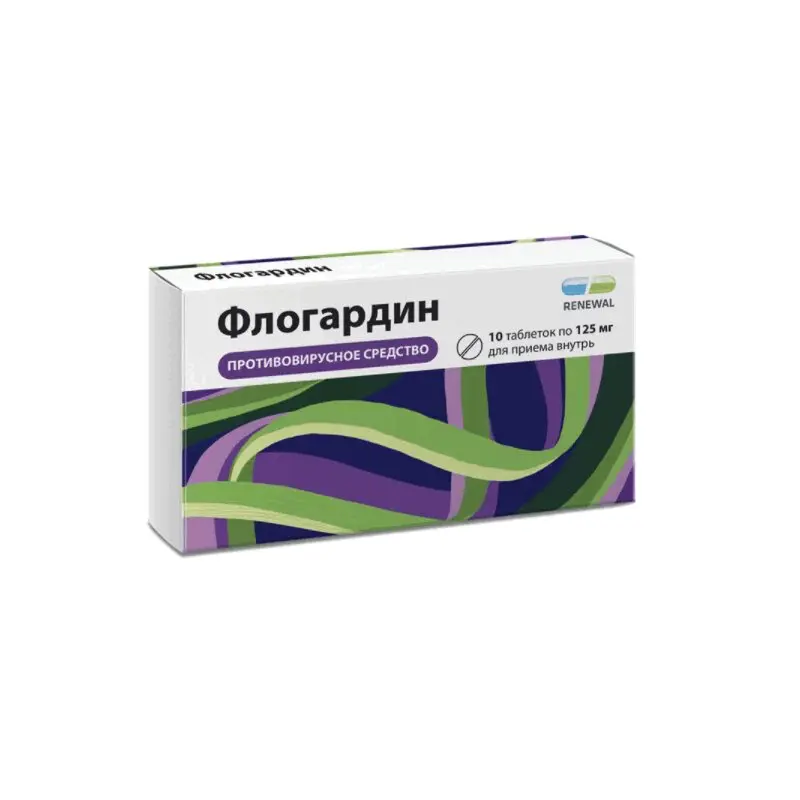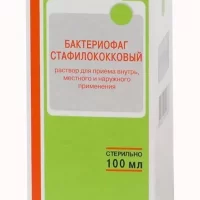Description
Bacteriophage Coliprotein Pharmacodynamics
The drug causes specific lysis of the bacteria P. vulgaris, P. mirabilis, E. coli.
Application in pregnancy and during breast-feeding.
Administration of the drug during pregnancy and lactation is possible in the presence of infections caused by phage-sensitive strains of bacteria (if recommended by the physician).
Indications
Treatment and prevention of purulent inflammatory and enteric diseases, dysbacteriosis caused by Proteus bacteria and enteropathogenic E. coli in combination therapy:
-Ear, throat, nose, respiratory tract and lung diseases (inflammation of the sinuses, middle ear, sore throat, pharyngitis, laryngitis, tracheitis, bronchitis, pneumonia, pleurisy);
-Surgical infections (suppuration of wounds, burns, abscess, phlegmon, boils, carbuncles, hydroadenitis, panarritis, paraproctitis, mastitis, bursitis, osteomyelitis);
Urogenital infections (urethritis, cystitis, pyelonephritis, colpitis, endometritis, salpingo-oophoritis);
-Enteral infections (gastroenterocolitis, cholecystitis), intestinal dysbacteriosis;
-generalized septic diseases;
-Purulent inflammatory diseases of newborns (omphalitis, pyoderma.
-conjunctivitis, gastroenterocolitis, sepsis, etc.);
-other diseases caused by Proteus and E. coli.
An important condition for effective phagotherapy is prior determination of phagosensitivity of the pathogen.
Contraindications
Hypersensitivity to the drug components.
Dosage and administration
- The preparation is used for oral administration (by mouth), rectal administration, applications, irrigations, injection into cavities of wounds, vagina, uterus, nose, sinuses and drained cavities (see instructions).
- Treatment of purulent inflammatory diseases with localized lesions should be carried out simultaneously both topically and by oral administration of the drug for 7-20 days (according to clinical indications).
- If chemical antiseptics were used for wound treatment prior to using bacteriophage, the wound should be thoroughly rinsed with sterile 0.9% sodium chloride solution.
- Depending on the focus of infection bacteriophage is used:
1. In the form of irrigation, lotions and tamponization up to 200 ml, depending on the size of the affected area. In abscess after removal of purulent contents by puncture, the drug is administered in an amount less than the volume of the removed pus. At osteomyelitis after appropriate surgical treatment 10-20 ml of bacteriophage is injected into the wound.
2. When injected into cavities (pleural, articular and other limited cavities) up to 100 ml, then capillary drainage is left, through which bacteriophage is injected for several days.
3. In cystitis, pyelonephritis, urethritis the drug is taken orally. If bladder cavity or renal pelvis are drained, bacteriophage shall be administered through cystostoma or nephrostoma 1-2 times daily by 20-50 ml into the bladder and 5-7 ml into renal pelvis.
4. In cases of pyo-inflammatory gynecological diseases the drug is injected into the cavity of the vagina or uterus in a single dose of 5-10 ml daily, in cases of colpitis – 10 ml by irrigation or tamponization 2 times a day. Tampons are put for 2 hours.
5. In purulent-inflammatory diseases of ear, throat, nose, the drug is administered in a dose of 2-10 ml 1-3 times a day. Bacteriophage is used for gargling, rinsing, dipping, insertion of soaked turundas (leaving them for 1 hour).
6. In enteric infections, bowel dysbacteriosis drug is taken orally 3 times a day for 1 hour before a meal. A combination of twice-daily oral administration with a single rectal administration of a single dose of bacteriophage in the form of an enema after bowel emptying is possible.
- Bacteriophage use in children (up to 6 months).
- In case of sepsis, enterocolitis of newborns, including premature infants, bacteriophage is used in form of high enemas (through a gas tube or catheter) 2-3 times a day in a dose of 5-10 ml. In the absence of vomiting and regurgitation, it is possible to use the drug by mouth. In this case it is mixed with breast milk. A combination of rectal (in the form of high enemas) and oral (by mouth) administration of the drug is possible. The course of treatment is 5-15 days. In a recurrent course of the disease it is possible to carry out repeated courses of treatment. To prevent sepsis and enterocolitis in intrauterine infection or danger of nosocomial infections in newborn children bacteriophage is used as enema twice a day for 5-7 days.
- In treatment of omphalitis, pyoderma, infected wounds the drug is used in the form of applications daily twice (gauze napkin wetted with bacteriophage and put on the umbilical wound or affected skin area).





